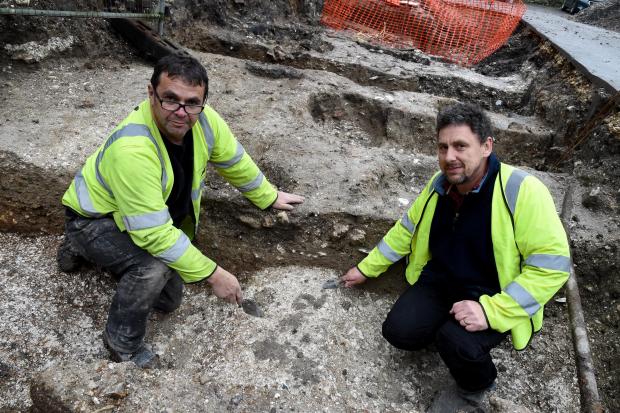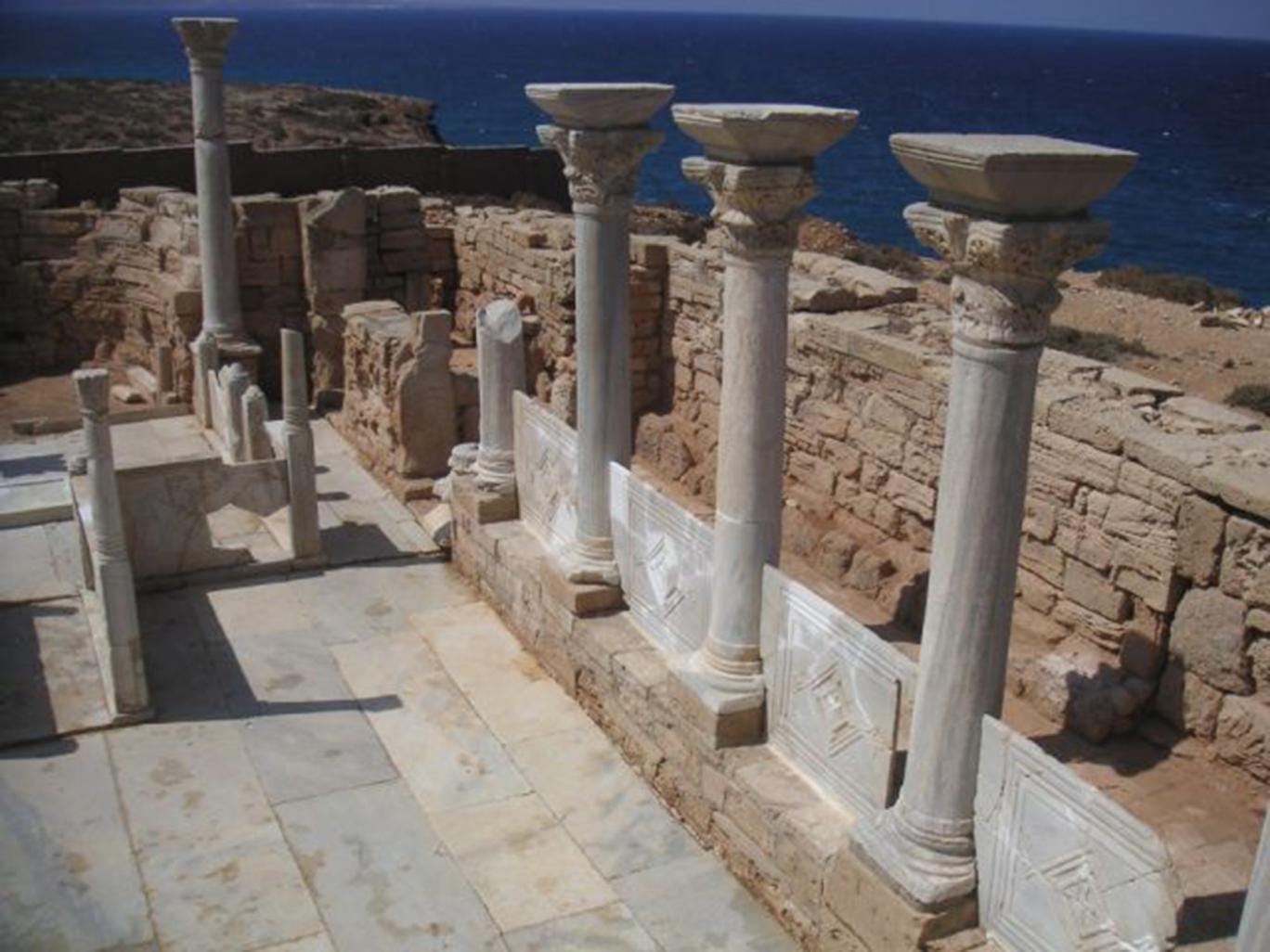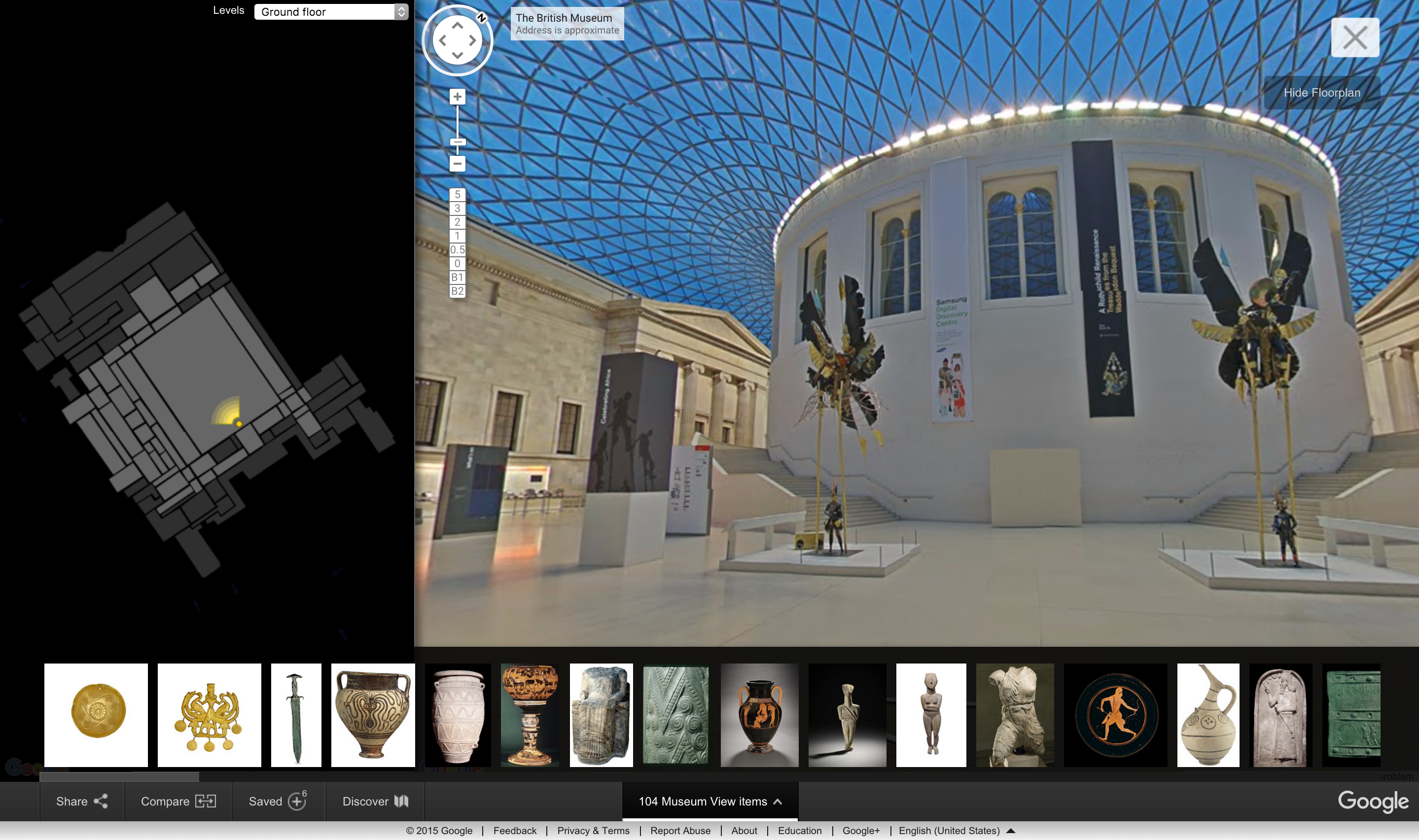She married her uncle, killed him and gave birth to both the Emperor Nero and the city of Cologne. On November 26th, a special exhibition opens in the cathedral city's Romano-Germanic Museum. It's the 2,000th birthday of Agrippina, the infamous "Mother of Cologne."
"I've not written a biography of Agrippina," author Mario Kramp told Germany news agency DPA.
Instead, he's been looking into the legacy and myth of this infamous Roman empress. And his conclusion?
"Since the Middle Ages, most of Europe has agreed that Agrippina was a monster," he said.
But in Cologne, it's a different story.
"Here, she's regarded as the founder of the city – so she can't be labelled a monster."
Read the rest of this article...




































